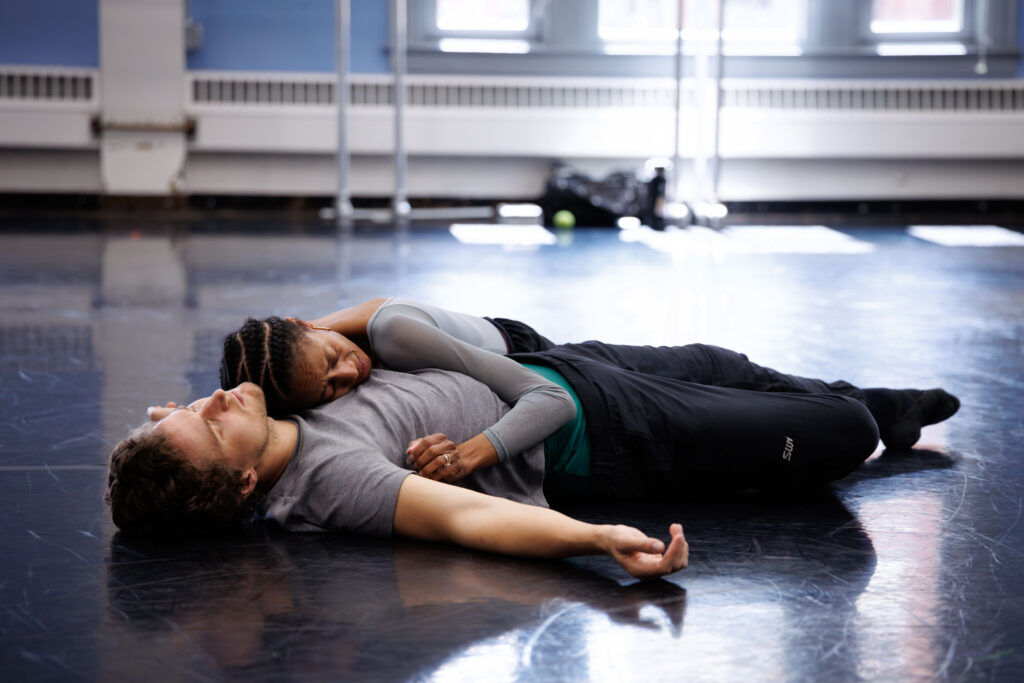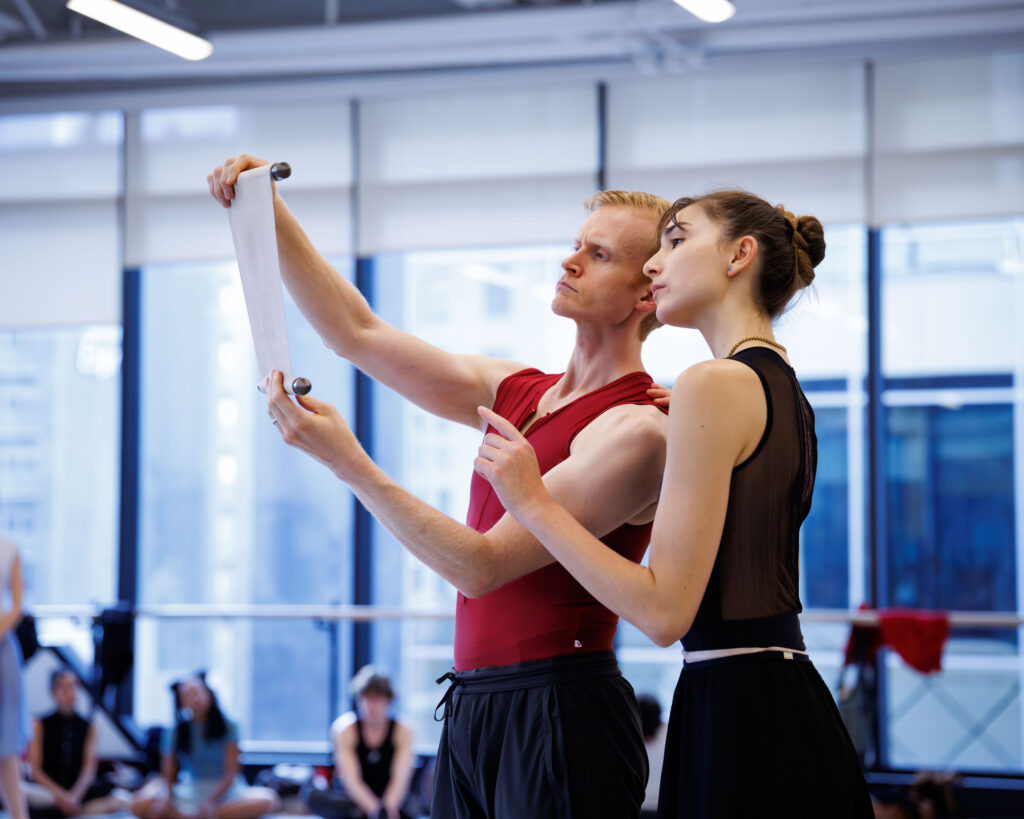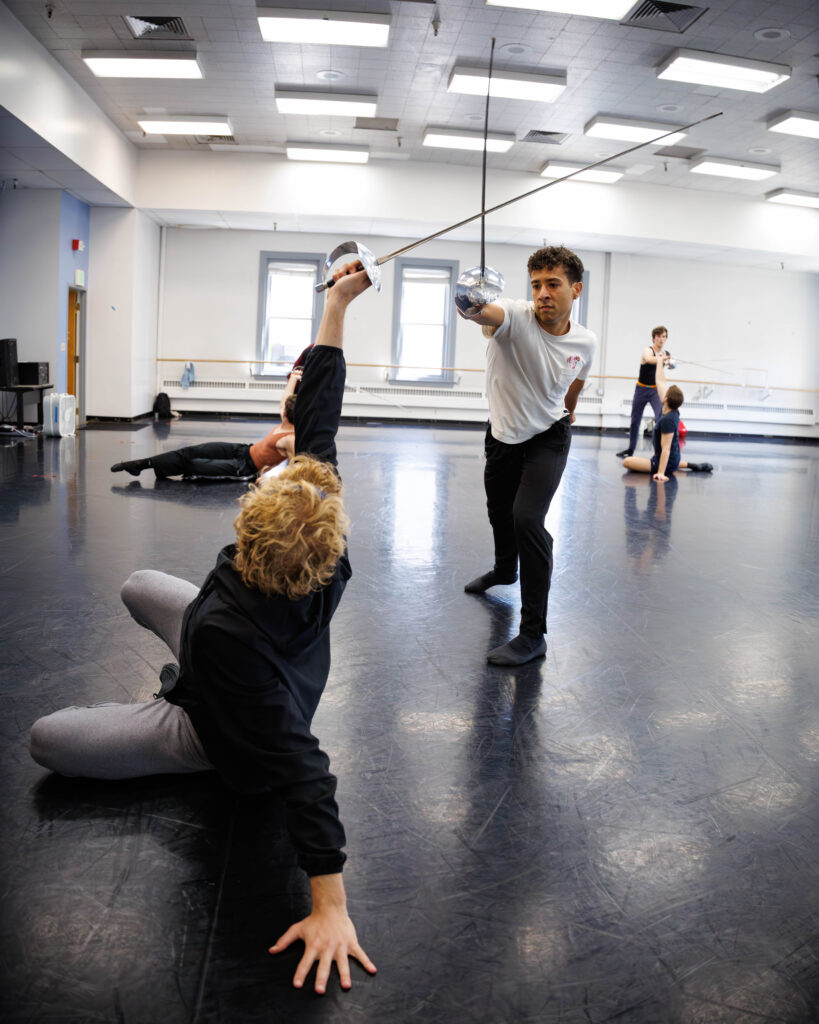The historical significance of Ballet West’s 62nd season opener, Romeo & Juliet, for the company cannot be overstated.
As early as the late 18th century in Italy, ballet versions of Shakespeare’s famous play were being staged and in the first decades of the 1800s, versions cropped up in Denmark and Russia. But it was Sergei Prokofiev’s score for an evening-length ballet that he completed in 1935, which truly cemented the choreographic rendering of a story that will never seem to go out of date.
In 1938, William Christensen, the founder of Ballet West who at that time was the ballet master of the San Francisco Opera Ballet, set the story to Tchaikovsky’s score. Jump ahead 38 years and Michael Smuin, who had studied under Christensen’s brother (Lew), set Romeo & Juliet to Prokofiev’s score. Given that the San Francisco Ballet was the only American company to perform a full-length Romeo & Juliet at the time, Smuin’s version was televised on PBS in 1978.
Ballet West brings Smuin’s version to fresh prominence in a production run of five performances, from Oct. 24 to Nov. 1 in the downtown Capitol Theatre, which will feature the Prokofiev score played live by the Ballet West Orchestra.
The theatrical punch in Smuin’s version is heightened by, as Adam Sklute, Ballet West’s artistic director, explained, “some of the most complicated sword fighting choreography in ballet that has taken dancers many hours of rehearsal to master.” Bruce Caldwell, former principal artist in the company, is the swordmaster who has been training the dancers in fencing.
In 1977, The New York Times’ Clive Barnes wrote that Smuin’s version surprises in “authority, vigor and imagination” and “is staged at lightning speed, with a fierce concentration on the lovers and the street life of Renaissance Verona.” Calling it a “very strong version” with action that is “eloquent, intense and luminous,” Barnes added, “Mr. Smuin has filled in his fresco with innumerable new details, often charming, such as when one of the street women takes up Mercutio’s sword to do contemptuous battle with Tybalt. Such miniatures of action typify Mr. Smuin’s approach. He is also extremely inventive in his choreography, such as in a high‐flying duet for a couple of Street Dancers.”
Sklute said this latest production involves the entire company, along with members of Ballet West II, meaning that 50 dancers will appear in Romeo & Juliet. This is second to the company’s historic Nutcracker production which entails a cast of 75. The production will feature multiple cast configurations, with four different Juliets, two different Romeos and a veritable Verona of leading characters– which open up the spectrum for distinctive interpretations of Shakespeare’s tragic romance throughout the run. Amy Potter, Katlyn Addison, Emily Adams and Jenna Rae Herrera will variously take on the role of Juliet while Hadriel Diniz and Jordan Veit will alternate as Romeo.
Prokofiev’s score is the definitive musical showcase for Romeo & Juliet. The composer had written the score during the time when he decided to return to the Soviet Union for good. Prokofiev noted that the music for the ballet exemplified the compositional style he labeled as New Simplicity, which he had been cultivating since the 1920s, such as the 1929 score for the ballet Prodigal Son. Prokofiev was an exceptional composer for ballet because as he set out to start writing the score, he already had envisioned precisely the character of the music he needed for the narrative. Even his symphonies and sonatas revealed that he consistently composed music to be as descriptive as possible. Thus, in propelling the Romeo & Juliet narrative, he was meticulous in crafting every music episode and scene to coordinate precisely with the dramatic action unfolding on stage. For example, unlike Wagner, who worked in leitmotifs, Prokofiev was flexible and agile in working with a single block of musical material that could be customized to precisely the amount of time needed to sync it up with the narrative action being conveyed by the dancers. It is what amplifies as Barnes had described the “eloquent, intense and luminous” nature of the ballet.
While Prokofiev’s score was completed in 1935, the ballet did not immediately take hold and, in fact, the composer, like his contemporary colleague Dmitri Shostakovich, was vulnerable to being censored by Soviet authorities. Prokofiev, in the interim, had arranged various suites of music from the ballet score. His Romeo & Juliet finally took hold in the version of the ballet choreographed by Leonid Lavrovsky, which premiered at the Kirov Theater in Leningrad on December 11, 1940. Indeed, it turned out to be an extraordinarily complicated process for it to take hold and it is Smuin’s version where the essence of Prokofiev’s music score is immortalized for its greatest bang.
For tickets and more information, see the Ballet West website.



